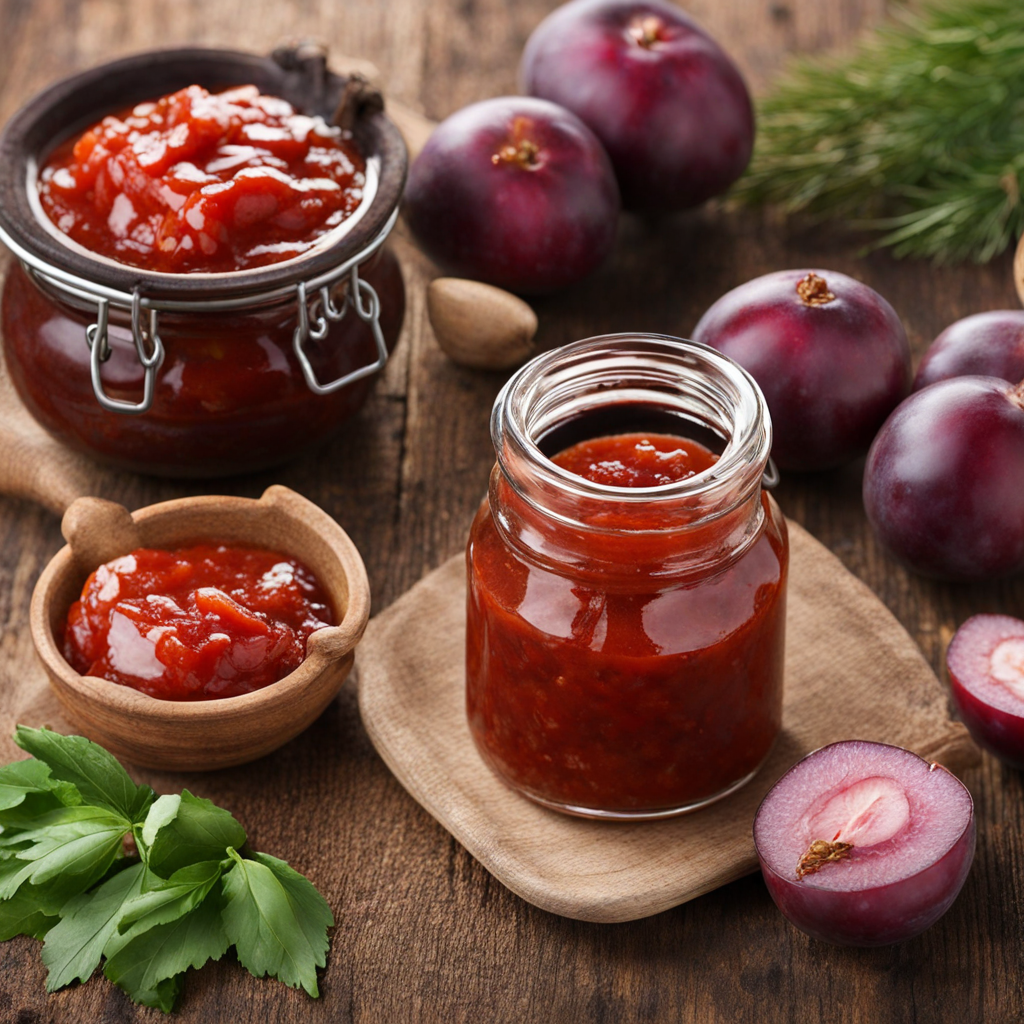Sulguni
Sulguni is a traditional Georgian cheese that captivates the palate with its unique combination of flavors and textures. Made from cow's milk, it boasts a slightly tangy taste that is reminiscent of mozzarella yet distinctly richer. The cheese is often described as having a creamy, elastic consistency, making it perfect for melting. Sulguni's flavor profile is enhanced by the artisanal methods used in its production, which often include the addition of salt and a touch of herbs, giving it a rustic charm that reflects the rich culinary heritage of Georgia. One of the most delightful aspects of Sulguni is its versatility in dishes. It can be enjoyed fresh, sliced, or grated over various dishes, adding a luscious creaminess that elevates everything from salads to baked goods. When melted, Sulguni becomes gooey and stretchy, making it an excellent choice for khachapuri, the famous Georgian cheese bread that showcases this cheese at its best. The balance of its flavor and texture makes it a delightful addition to both savory and sweet recipes, inviting culinary creativity. For those looking to expand their culinary horizons, Sulguni offers a journey into the heart of Georgian cuisine. Pair it with fresh bread, locally sourced fruits, or a glass of traditional Georgian wine to experience a truly authentic taste. Whether you enjoy it as part of a cheese platter or incorporated into a hearty meal, Sulguni promises to deliver a memorable taste experience that celebrates the rich flavors of Georgia.
How It Became This Dish
The History of Sulguni: A Georgian Culinary Treasure #### Origins Sulguni, a semi-soft cheese originating from the mountainous regions of Georgia, especially the Samegrelo and Svaneti areas, is a delightful testament to the country's rich dairy traditions. Its roots can be traced back to ancient times when pastoral communities relied heavily on livestock for sustenance. The earliest evidence of cheese-making in Georgia dates back thousands of years, with archaeological findings suggesting that dairy products were integral to the diet of early Georgians. The exact origins of Sulguni are somewhat shrouded in mystery, but it is widely believed that the cheese developed from traditional methods of preserving milk and enhancing its flavor. The local environment, with its lush pastures and diverse flora, contributed significantly to the unique taste profile of Sulguni, as the animals grazed on a variety of herbs and wildflowers. #### Cultural Significance Sulguni is not just a food item; it is a cultural emblem deeply woven into the fabric of Georgian life. In Georgia, cheese is often associated with hospitality and communal gatherings. Sulguni, with its rich and tangy flavor, is frequently served at feasts, known as "supra," where it plays an important role in traditional toasts and celebratory meals. It is often enjoyed alongside Georgian wine, fresh bread, and an assortment of local vegetables, forming a harmonious blend of flavors that reflects the country's culinary heritage. The cheese's name is derived from the Mingrelian word "sulgun," which means "to stretch," referring to the cheese's unique properties. Sulguni is notable for its elasticity, resembling mozzarella, and can be stretched and pulled, making it an ideal ingredient for various dishes. This characteristic has made it a popular choice in both traditional and modern Georgian cuisine. In Georgian folklore, cheese, including Sulguni, is often celebrated for its symbolism of prosperity and abundance. It is customary to present cheese as a gift to guests, further underscoring its status as a symbol of generosity and hospitality. #### Development Over Time Over the centuries, the methods of making Sulguni have evolved, while still retaining the core traditional techniques. Traditionally, Sulguni was made from the milk of cows, goats, or sheep, depending on the region and the availability of livestock. The milk is typically heated and combined with rennet, allowing it to curdle. Afterward, the curds are drained, kneaded, and usually shaped into round or oval forms. The cheese is then brined, which not only enhances its flavor but also acts as a preservative. The brining process is crucial, as it gives Sulguni its distinctive salty taste and helps it develop a slightly tangy flavor profile. The cheese is often aged for a short period, although some varieties can be found that are aged longer, resulting in a firmer texture and a more pronounced flavor. In the 20th century, with the advent of industrialization and modernization, the production of Sulguni began to change. While many artisanal producers continued to uphold traditional methods, factories emerged that mass-produced the cheese. This shift allowed Sulguni to reach a broader market, both domestically and internationally. Consequently, the cheese gained popularity beyond Georgia’s borders, becoming a sought-after delicacy among food enthusiasts worldwide. As the diaspora of Georgians grew, so did the appreciation for Sulguni outside its homeland. In cities with significant Georgian populations, such as Tbilisi, New York, and Paris, restaurants specializing in Georgian cuisine began to flourish, showcasing Sulguni in various dishes, including khachapuri, a traditional cheese-filled bread that has become emblematic of Georgian comfort food. #### Contemporary Context Today, Sulguni remains a staple in Georgian households and is celebrated as a versatile ingredient in both traditional and contemporary cooking. The cheese is commonly used in various dishes, including the aforementioned khachapuri, where it is melted into a gooey filling, creating a delightful culinary experience. Sulguni is also enjoyed grilled, fried, or simply served fresh with bread and vegetables. In recent years, there has been a resurgence of interest in artisanal food production, with many Georgian cheesemakers returning to traditional methods of production. This shift is part of a broader movement towards sustainable and locally sourced food. Artisanal Sulguni often showcases the unique flavors of the region, reflecting the distinct characteristics of the milk used and the skills of the cheesemaker. Moreover, Sulguni has found its way into modern fusion cuisine, where chefs experiment with its elastic texture and rich flavor. It is now used in various dishes across the globe, from gourmet pizzas to innovative salads, showcasing its versatility and adaptability in contemporary culinary practices. #### Conclusion Sulguni is more than just cheese; it is a cultural artifact that embodies the history, traditions, and hospitality of the Georgian people. Its evolution from a simple pastoral food to a celebrated delicacy showcases the resilience and creativity of Georgian culinary practices. As it continues to capture the hearts and palates of people around the world, Sulguni stands as a testament to Georgia's rich gastronomic heritage, inviting everyone to experience a taste of its history, culture, and warmth. Whether enjoyed in a traditional setting or reimagined in modern cuisine, Sulguni remains an enduring symbol of Georgia's culinary identity, linking generations through the shared love of food.
You may like
Discover local flavors from Georgia







